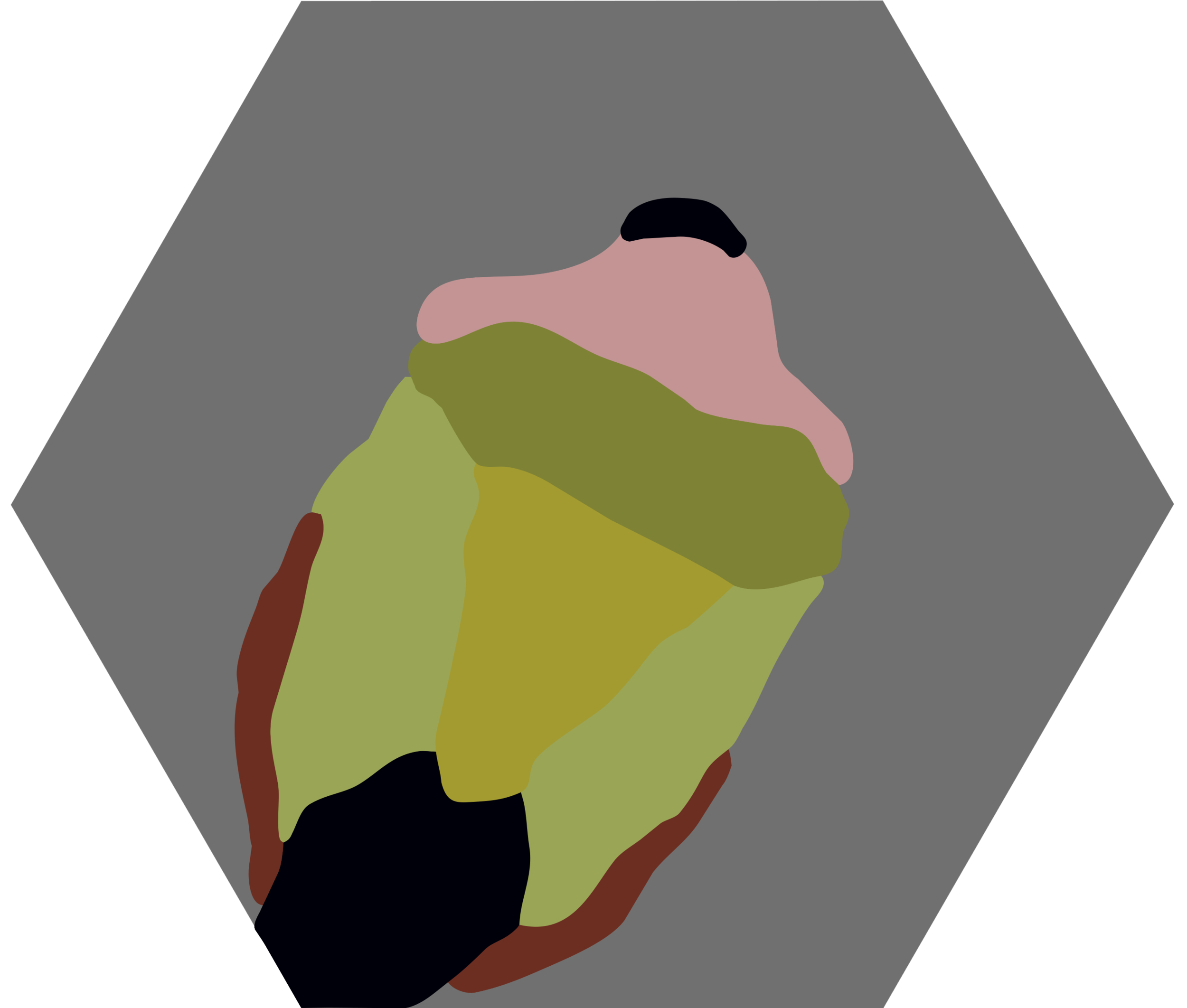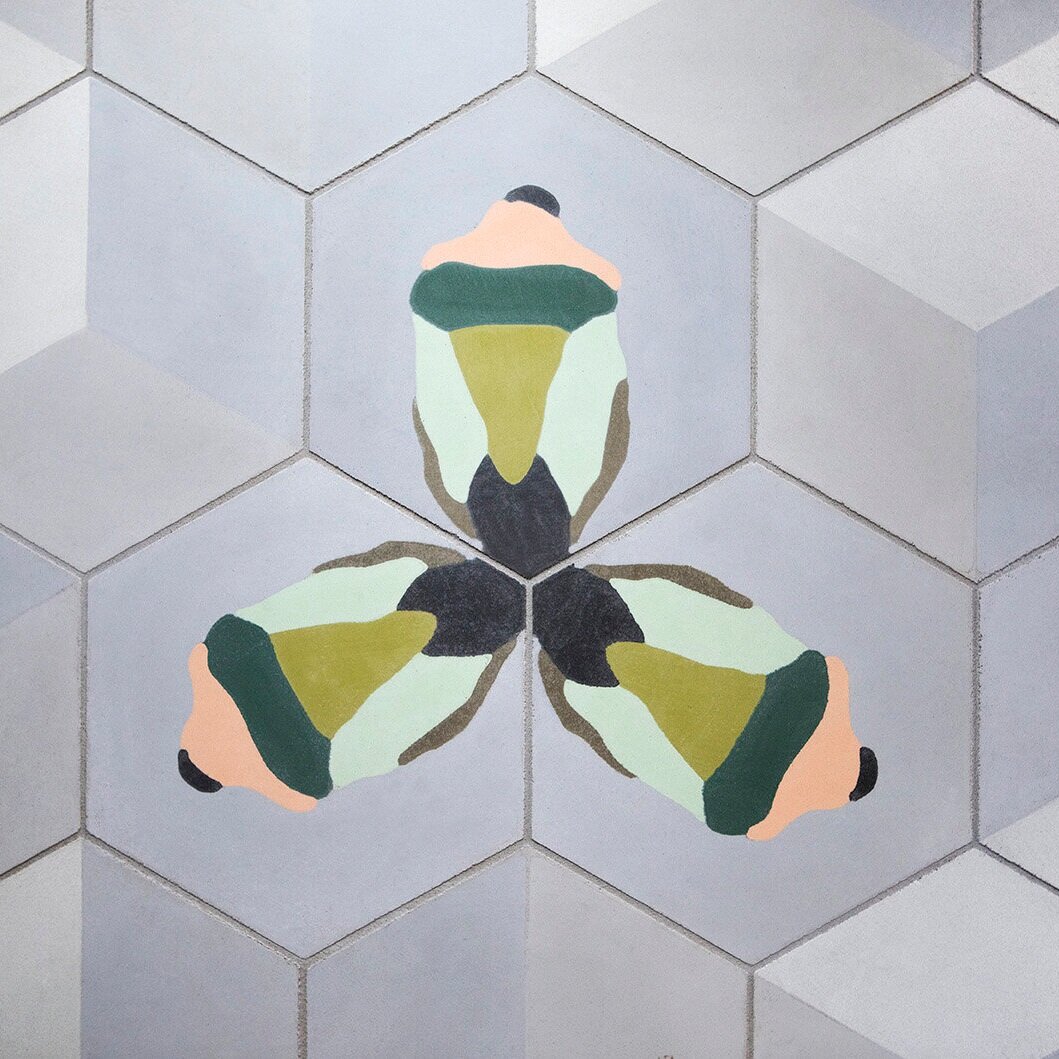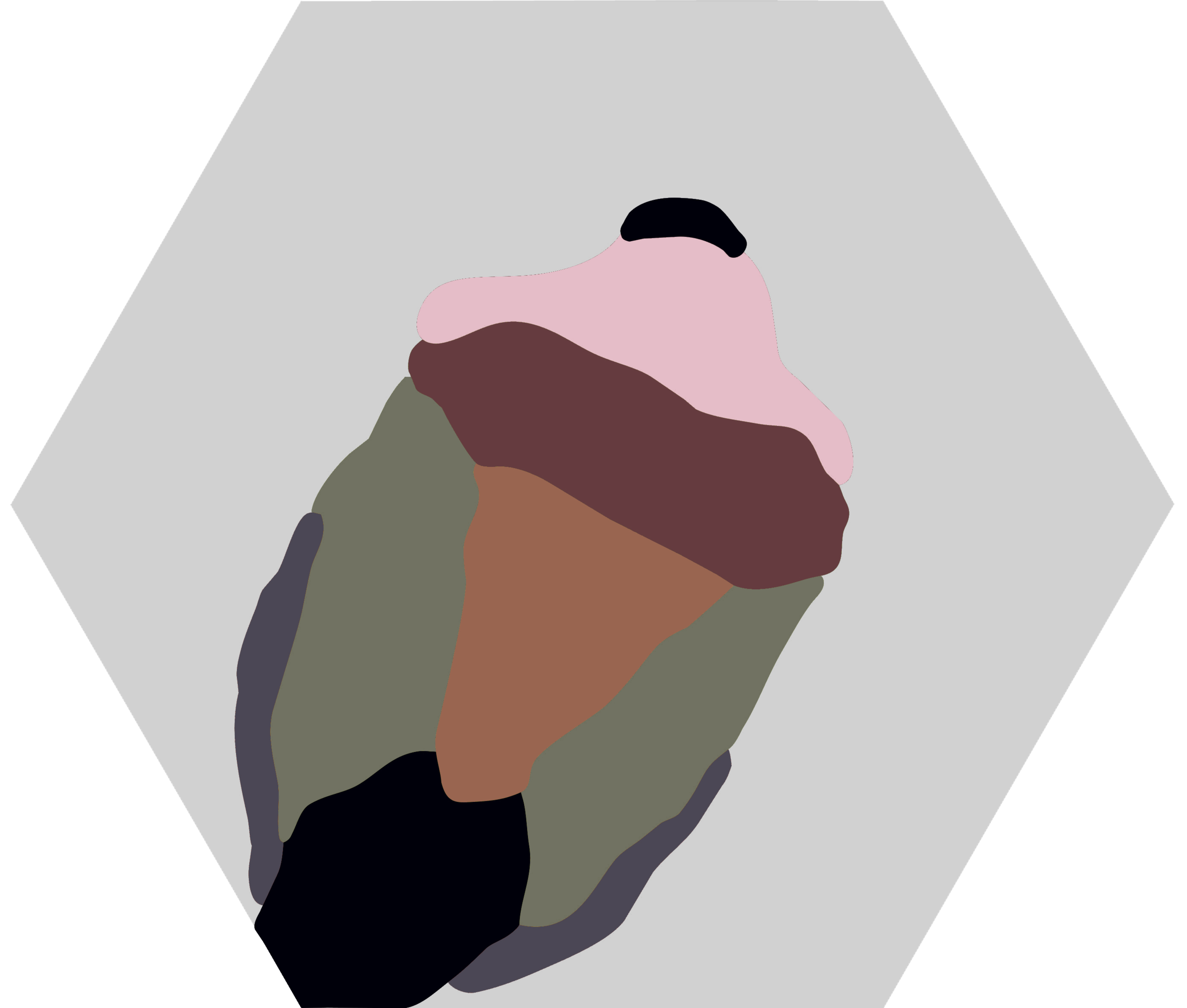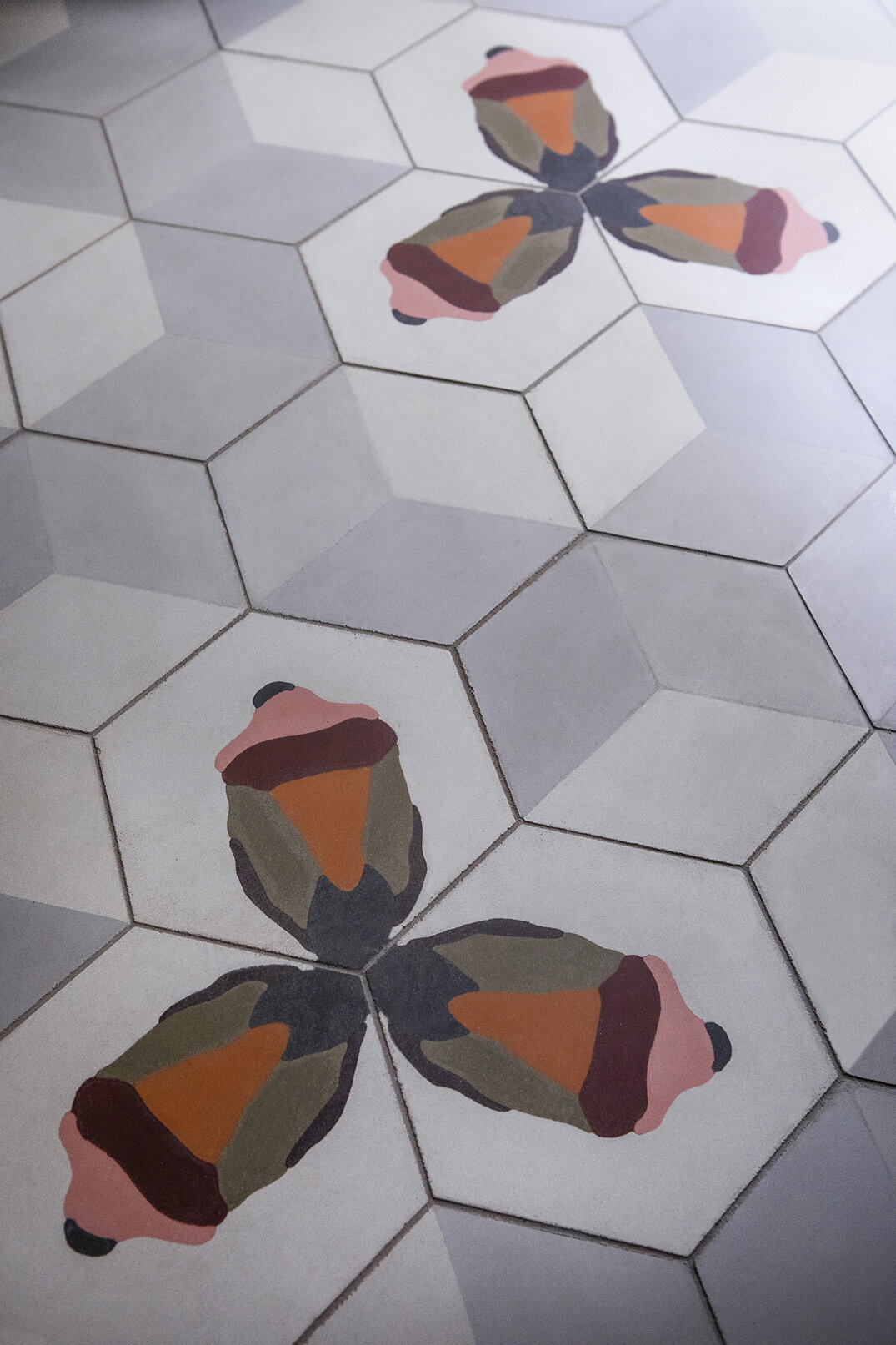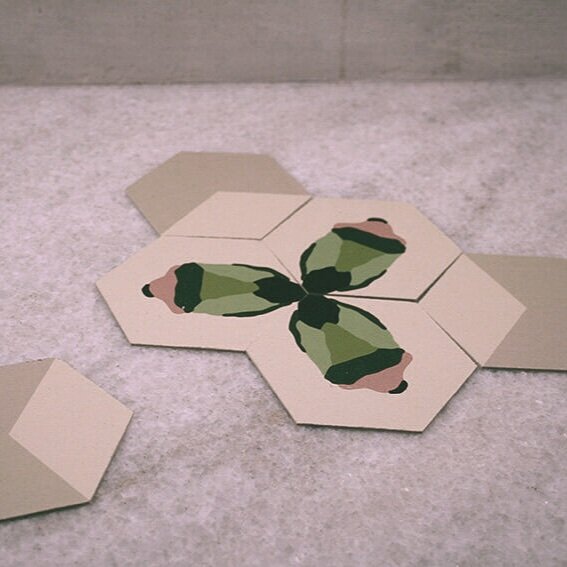Stink Bug
One year after our arrival in Ticino, the tiger mosquito appeared in Cavigliano. It followed the transport routes of the globalized world. Information leaflets were distributed to fight the invasive species. At the same time, attention was being drawn to the neophytes displacing the native plants. Japanese knotgrass, butterfly bush, robinia and the Chinese hemp palms are plants that today grow everywhere in Ticino. Introduced as ornamental perennials, the plants have gone wild and now spread uncontrollably. But these plants are no longer just invaders; the palm tree, for example, is part of the postcard image of Ticino, and has, therefore, become an identitying feature of the region.
How do we deal with invasive species that have immigrated? Do we try to exterminate them? Do we try to use natural enemies? Will the passage of time solve the problems by itself? Does a flora and fauna with neophytes and neozoa perhaps correspond more to our globalized world?
When it came to designing tiles for bathrooms and corridors, Natalie Luder drew a stylized bug inspired by the marmorated stink bug, which is also an invasive species in Switzerland. Who doesn't know these flat, brown bugs that always want to get in the house and start to stink when you squash them? The tiles can be arranged in countless patterns, so that it creeps and flees. They may also unite to form flower-like shapes and so the disgust gives way to beauty.
Since we ourselves have settled or nested in Ticino, so to speak, the image of the bug fits us well and we have chosen it as our logo. However, I very much hope that we will not be perceived as invasive. :-)


